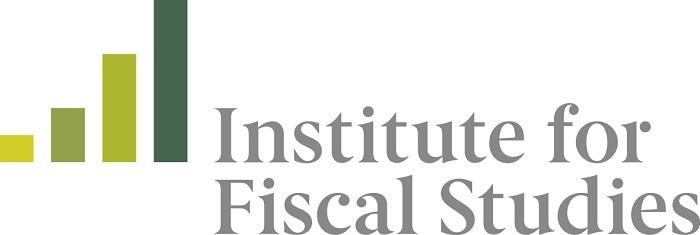Education Funding – You Get What You Pay For

You will have heard the saying ‘price is what you pay, value is what you get’. Well, various reports have recently highlighted the fact that our students aged 16-19 get significantly less education and training than in other countries, and that colleges, schools and training providers receive significantly lower funding per head at a time when many of our competitor countries invest more, not less, in post-16 than in pre-16 education and training. This is also the subject of a debate in Parliament tomorrow (7 Sept), led by Nic Dakin MP.
An International Review of Funding and Expenditure in Post-16 Education recently published, compared the vocational education and training (VET) on offer in Denmark, France, Germany, the Netherlands and Norway. Strangely, the report did not explicitly compare the funding and hours for VET with the UK. But the findings are straightforward: students undertaking vocational education and training in these countries receive almost double the number of direct teacher supervised hours than students in the UK. And there is significant investment taking place not only in the funding of the training but also the professional development of the teachers. These levels of funding would transform vocational education and training in the UK at a stroke. The country would indeed then get what it paid for.
 The Institute of Fiscal Studies in a Long-Run Comparisons of Spending per Pupil across Different Stages of Education found that:
The Institute of Fiscal Studies in a Long-Run Comparisons of Spending per Pupil across Different Stages of Education found that:
16–18 education has been the big loser from education spending changes over the last 25 years.
‘…Spending on further education fell faster during the 1990s, grew more slowly in the 2000s, and has been the only major area of education spending to see cuts since 2010. Spending per student in 16–18 education is set to fall further between 2015– 16 and 2019–20, leaving spending per student at a similar level in real terms to that 30 years previously’.
At York College, our costs have risen dramatically against a static per head level of funding since the funding rate was set in 2013. Three years later and we have absorbed a startling £632k of additional costs linked to staffing. By 2020 we will have absorbed nearly £1 million additional costs linked to rising pension contributions and auto-enrolment, increased National Insurance contributions, the apprenticeship levy and very small pay awards when they were affordable (which they weren’t in 2016-17). Like every other college we have managed this by reducing the breadth of the curriculum on offer, increasing class sizes, limiting pay awards, and losing staff.
We haven’t looked at the changes over the past 30 years. I started teaching in 1984 and in those days, under Local Authority jurisdiction, the capital and resourcing of FE was very limited, but we were time rich. I remember our students were in college about 25 hours a week and lecturers (as they were known then) were paid much more generously (on the Silver Book conditions) than school teachers. Since then the position has reversed. Many colleges have upgraded their infrastructure and now carry loans and the depreciation for new buildings and capital investment, but teachers in FE colleges are now paid less than their counterparts in schools and 16 hours a week cannot be sufficient to cover the education and training that our young people need.
The Association of Colleges, the Association of School and College Leaders, and the Sixth Form Colleges Association are calling for a modest increase in the per-head funding of students in post-16 education. And there has been some acknowledgement, in the consideration of the new T Levels, that 600 hours are just not enough to train young people properly in their chosen vocation. But what about the whole of 16-19 education?
Our A Level students will be competing for top university places and scholarships with those from the private sector. And a quick check of what is on offer demonstrates that privately educated sixth form students are expected to study four A Levels plus a range of enrichment opportunities and additional studies.
The impoverished A Level student in a school or college has access to 16 hours of funded education, insufficient to cover four A Levels let alone anything else.
If the school or college offers more, then the funds will have to be rather unfairly drawn from other areas – the pre-16 part of the school or elsewhere in the college.
The new Extended Diplomas require 1080 taught hours over two years. This takes up all the funding available for this level of study. There is nothing left for enrichment or enhancement, work experience, pastoral guidance – all this activity has to come from funding found from elsewhere.
So in essence, we will get what we pay for. If we want our young people to have a proper state-funded education which will allow them and our country to compete on the international stage then we must find the funding to support this for all students. It is not enough to say that we will open UTCs, or free schools, or specialist maths institutions or find some funding to support work experience for T level students. We must review the funding and the design of the post-16 curriculum so that we can properly invest in the future and stop doing this on the cheap. After all, as people say, ‘buy cheap, buy twice’ and with Brexit we probably won’t be able to bring in all the properly educated individuals from abroad to plug the skill gaps we have created.
![]() Alison Birkinshaw is the President of the Association of Colleges and Principal of York College
Alison Birkinshaw is the President of the Association of Colleges and Principal of York College











Responses